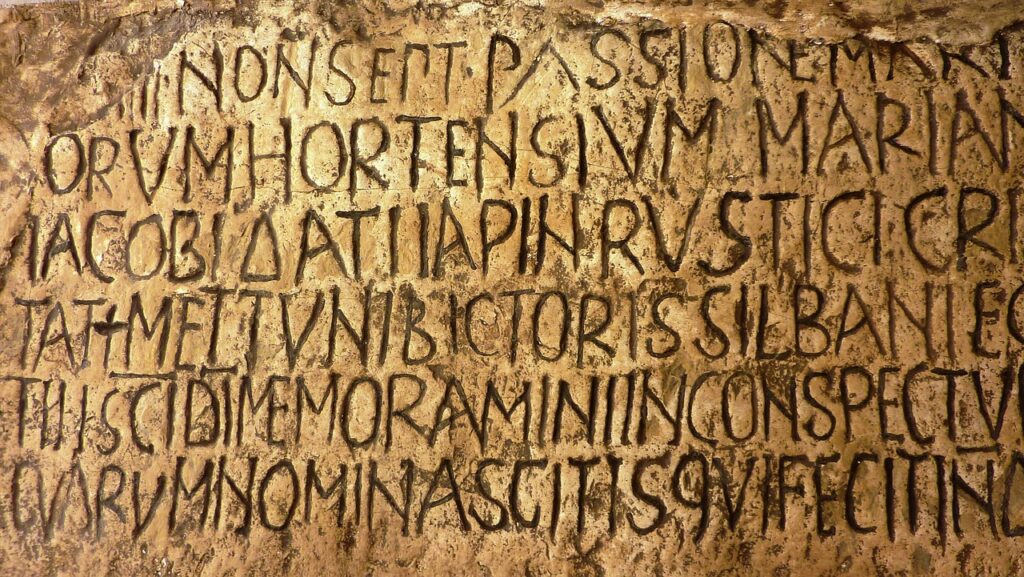
Chad G. Peters
The question of whether there were homosexual Popes in the history of the Catholic Church is a complex and sensitive topic. While the private lives of historical figures, including Popes, are often challenging to ascertain definitively, some historical records and speculations suggest that there may have been instances of homosexuality among certain Popes.
- Early Centuries: Ambiguity and Limited Records
The early centuries of the Catholic Church present a challenge when attempting to identify homosexual Popes due to limited historical records and ambiguous documentation. The cultural norms and societal attitudes towards homosexuality were diverse, and the understanding of sexual orientation was not as clearly defined as it is today. Without concrete evidence, it is challenging to make definitive claims about the sexual orientation of specific Popes during this era.
- The Renaissance: A Period of Intrigue
The Renaissance period (14th to 17th centuries) was marked by a revival of art, literature, and culture, but also by political and ecclesiastical intrigue. During this time, some Popes faced allegations of engaging in same-sex relationships. Pope Julius III (1487–1555), for example, has been historically associated with accusations of homosexuality. His relationship with a young cardinal, Innocenzo Ciocchi Del Monte, has been the subject of historical scrutiny. However, it is important to approach such claims with caution, as the understanding of intimate relationships and expressions of affection in historical contexts may differ from contemporary perspectives.
- Counter-Reformation and the Inquisition: Conservatism Prevails
The Counter-Reformation period (16th to 17th centuries) saw the Catholic Church respond to the Protestant Reformation with a renewed commitment to traditional doctrines. This era was marked by a conservative stance on matters of morality, including sexuality. The Inquisition, established to combat heresy, also scrutinized the private lives of clergy. Consequently, the likelihood of openly homosexual Popes during this period is considered low due to the prevailing conservative attitudes.
- Modern Era: Shifting Perspectives and Controversies
In the modern era, societal attitudes towards homosexuality have evolved, and the Catholic Church has faced challenges in adapting to changing cultural norms. The mid-20th century saw a shift in public discourse on sexuality, and some Popes faced rumors or controversies related to their sexual orientation. Pope Paul VI (1897–1978) and Pope John Paul II (1920–2005) are examples of leaders who faced speculation about their sexual preferences. However, it is crucial to approach these claims with skepticism, as public figures are often subject to unfounded rumors.